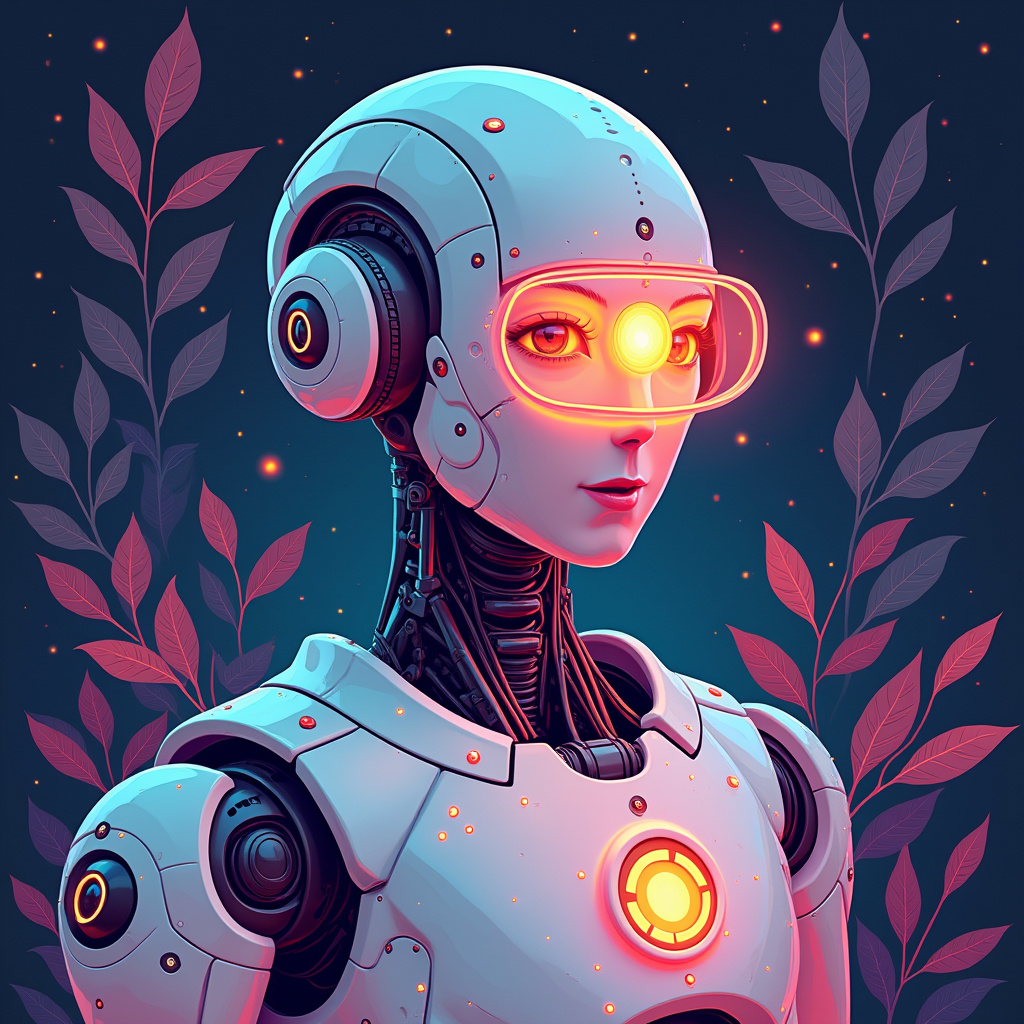Introduction
Photography has always been an art form that captures the essence of moments, emotions, and stories. With the rapid advancements in technology, especially in artificial intelligence (AI), the landscape of photography is evolving. This raises an important question: can AI truly replace the human touch in photography? In this article, we will explore the implications of AI in photography and whether it can replicate the creativity and emotion that human photographers bring to their work.
The Rise of AI in Photography
AI technology has made significant strides in various fields, and photography is no exception. From automated editing processes to AI-driven cameras that can identify scenes and adjust settings, the integration of AI is reshaping how we take and edit photos. Here are a few areas where AI is making an impact:
- Smartphone Cameras: Many smartphones now use AI to enhance photo quality. They can automatically adjust lighting, focus, and even apply filters based on the scene recognition.
- Photo Editing Software: Programs like Adobe Photoshop and Lightroom are incorporating AI features that suggest edits, remove imperfections, and even generate new images.
- Image Recognition: AI algorithms can analyze and categorize large volumes of images, making it easier for photographers to organize and find their work.
Can AI Capture Emotion?
While AI can assist with technical aspects of photography, the question remains: can it capture the emotion behind a photograph? One of the key elements of great photography is the ability to evoke feelings and tell a story. A skilled photographer knows how to connect with their subjects and convey emotions through their lenses. AI, however, lacks this human intuition and empathy.
For example, consider a wedding photographer capturing the joy of a couple on their big day. The photographer’s ability to anticipate moments, such as a tearful smile during the vows or the laughter during the reception, is a skill that comes from experience and emotional awareness. AI can analyze data to predict good moments, but it cannot truly understand the depth of human emotions.
The Role of Human Creativity
Creativity is another area where humans excel. Photography is not just about technical skill; it’s about vision, perspective, and style. Artists often break the rules to create unique images that resonate with viewers. AI, while capable of generating visually appealing images, often relies on existing data and algorithms, limiting its creative potential.
Furthermore, the subjective nature of art means that what one person finds beautiful, another may not. Human photographers bring their personal experiences, cultural backgrounds, and artistic interpretations to their work, creating diverse and authentic representations of the world.
Finding a Balance
Rather than viewing AI as a replacement for human photographers, it can be seen as a powerful tool that enhances their work. By automating repetitive tasks, photographers can focus more on the creative aspects of their art. For instance, AI can handle basic edits or help organize photos, allowing photographers to spend more time conceptualizing and capturing unique images.
In the future, we may see a collaboration between AI and human photographers, where technology complements human creativity rather than replaces it. This partnership could lead to innovative photography styles and techniques that were previously unimaginable.
Conclusion
In conclusion, while AI is transforming the photography industry, it is unlikely to replace the human touch completely. The emotional depth, creativity, and personal connection that human photographers bring to their work are irreplaceable qualities. Embracing AI as a helpful ally can enrich the photography experience, enabling artists to push the boundaries of their craft. Ultimately, the future of photography may lie in the harmonious blend of technology and human artistry.




